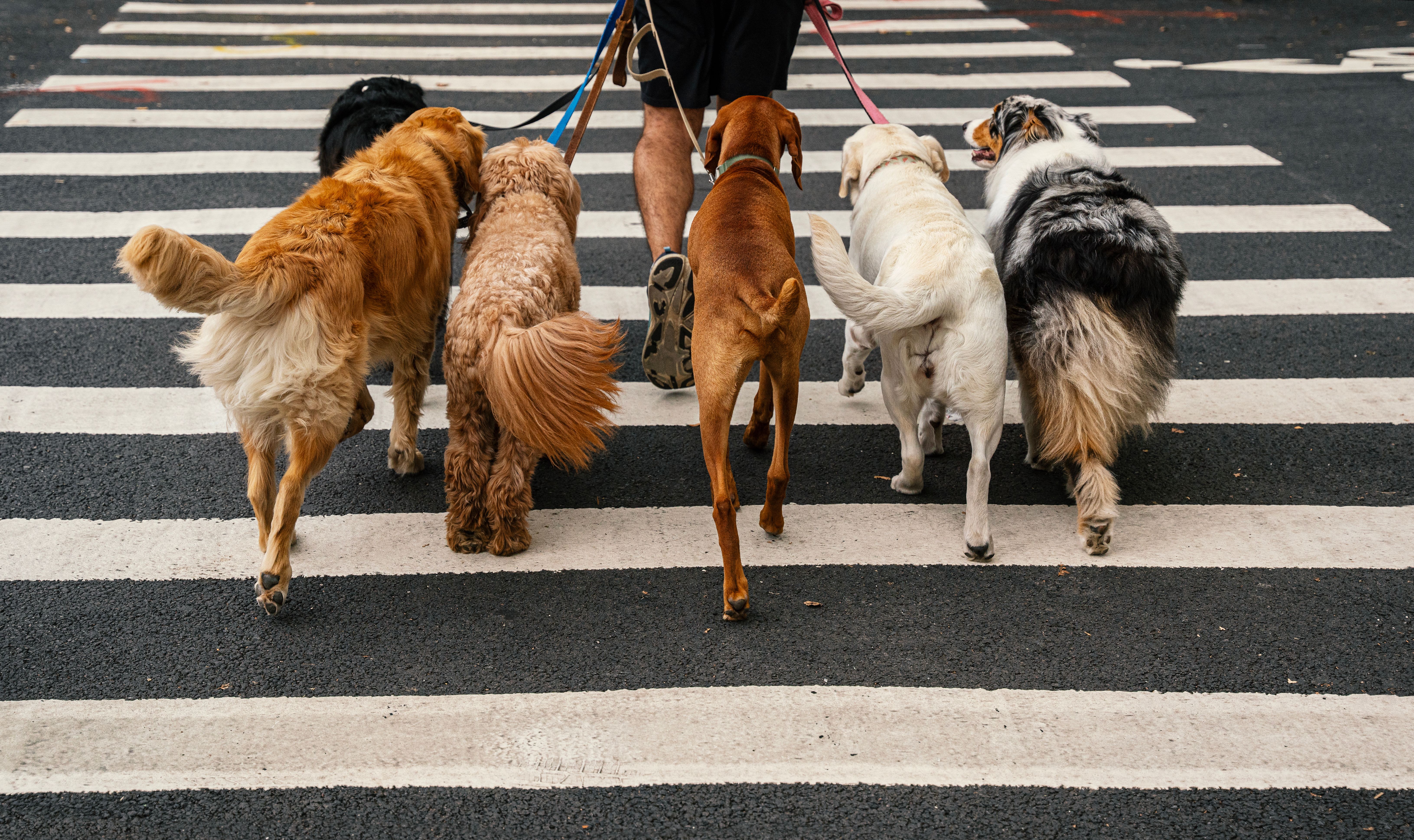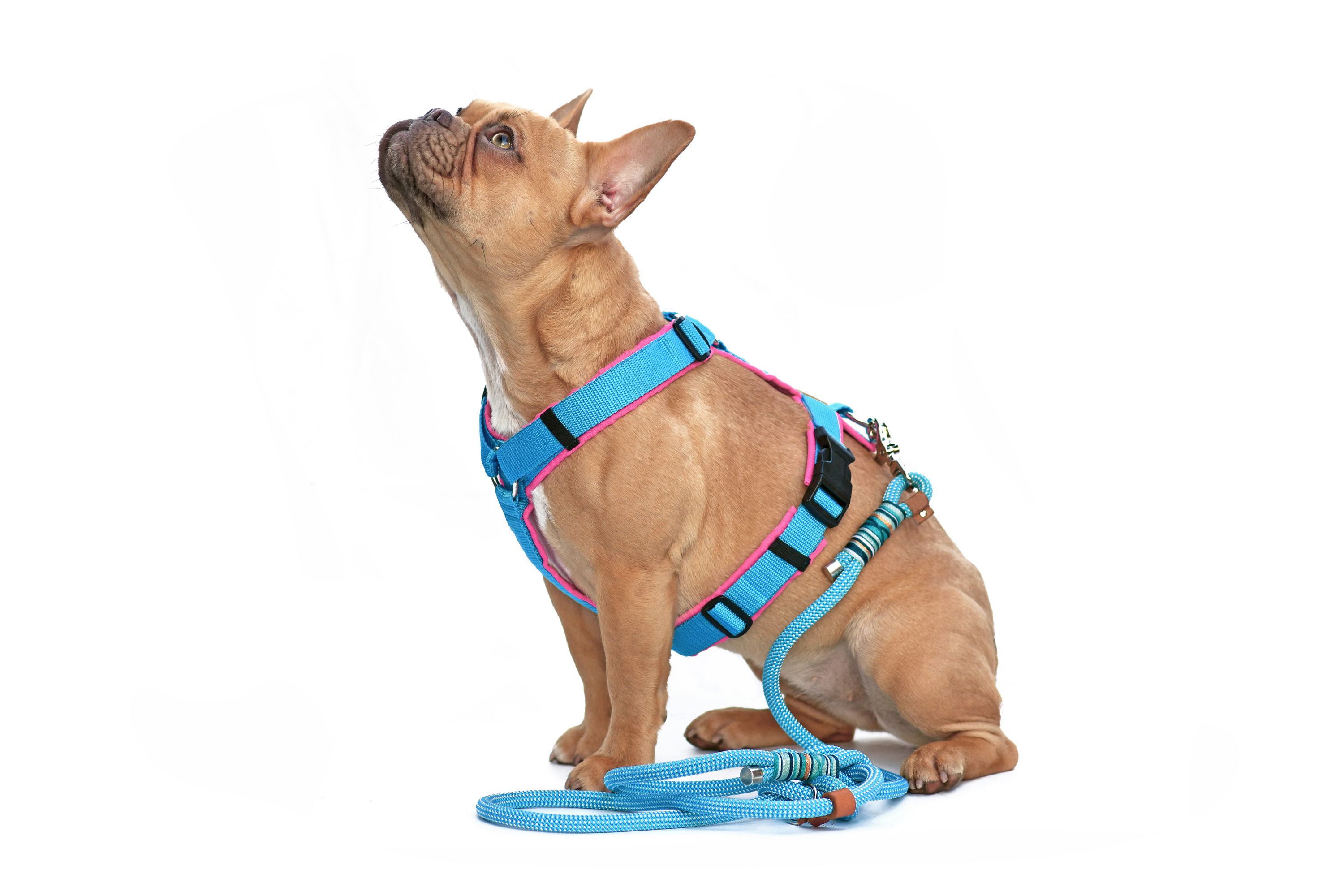How to Stop Your Dog from Excessive Pulling
Understanding the Problem
Excessive pulling on the leash is a common issue faced by many dog owners. Not only can it make walks less enjoyable, but it can also be dangerous for both the dog and the owner. Understanding the reasons behind this behavior is the first step in addressing it. Dogs often pull because they are excited, want to explore, or have a strong prey drive. Recognizing these triggers can help in developing an effective training strategy.
It's important to realize that pulling is a natural behavior for dogs. They walk faster than humans and are often distracted by scents and sights that captivate their attention. Training your dog to walk calmly on a leash requires patience and consistency.

Training Techniques
Use Positive Reinforcement
One of the most effective methods to stop your dog from pulling is to use positive reinforcement. Reward your dog with treats, praise, or play when they walk beside you without pulling. This will encourage them to associate walking calmly with positive outcomes.
Try the Stop-and-Go Technique
The stop-and-go technique involves stopping whenever your dog starts to pull. Wait until they return to your side and the leash is slack before continuing. This method teaches your dog that pulling will not get them where they want to go any faster.

Choosing the Right Equipment
Selecting the proper equipment can make a significant difference in controlling your dog's pulling. A front-clip harness can help by redirecting your dog's forward momentum, making it easier to manage excessive pulling. Avoid using choke collars or prong collars, as they can cause pain and injury.
A sturdy leash that provides good control and comfort for both you and your dog is also essential. Experiment with different types until you find one that suits your needs.

Consistency is Key
Consistency in training is crucial to successfully stop your dog from pulling. Ensure that all family members are using the same techniques and commands during walks. Inconsistency can confuse your dog and impede progress.
Short, frequent training sessions are more effective than long, sporadic ones. Practice daily walks with your dog, gradually increasing the duration as they improve.
Seeking Professional Help
If you've tried multiple techniques and still struggle with a pulling dog, it may be beneficial to seek professional help. A certified dog trainer can offer personalized advice and guidance tailored to your dog's specific needs.
Remember, patience and persistence are essential throughout this process. With time and effort, you can transform walks into an enjoyable activity for both you and your furry friend.